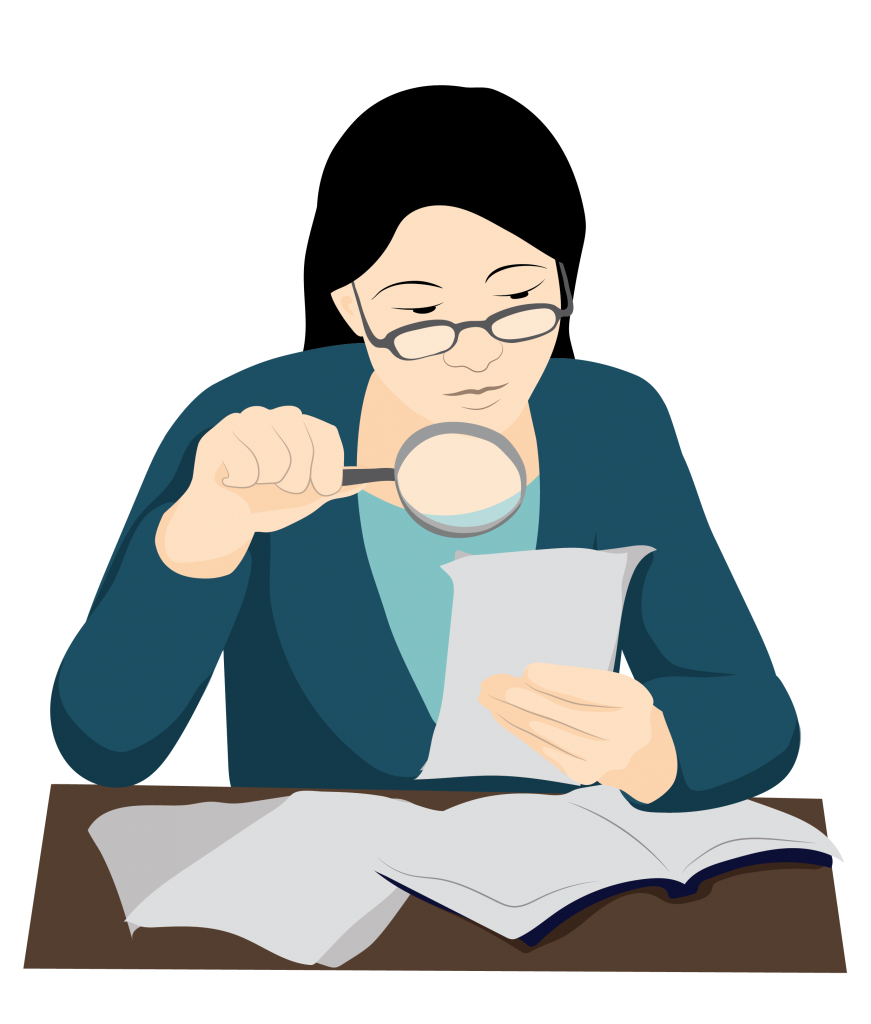Unavoidable vision problems
Instruction
In this topic you will learn about unavoidable vision problems that people may experience.
Some vision problems are unavoidable.
This means that vision cannot be fully restored with treatment or prescription spectacles.
Most people in this situation experience either low vision or blindness.
Assistive products and an accessible environment are very important for this group of people.
Low vision
A person with low vision can see some things but usually finds it hard to learn or carry out tasks without assistive products.
People with low vision should have a full assessment of their vision by an eye health professional. This is because prescription spectacles and other eye health care could improve their vision.
Question

Meet Ying
Ying works in an office. She wears prescription spectacles. These improve her vision, but she still has some difficulty seeing.
As well as her prescription spectacles, Ying uses a handheld magnifier to see things up close. She also uses a telescope to see things that are further away.
How would you describe Ying’s current vision problem?
Select one.
If you answered d, you are correct!
Ying has low vision because her vision problem cannot be fully corrected by treatment or prescription spectacles.
Blindness
A person who is blind has significant loss of vision.
A person who is blind should have a full assessment of their vision by an eye health professional. Their blindness could be caused by an eye health problem that can be treated to improve or restore their vision.
People who are permanently blind use different ways to learn and carry out activities, often with assistive products.

